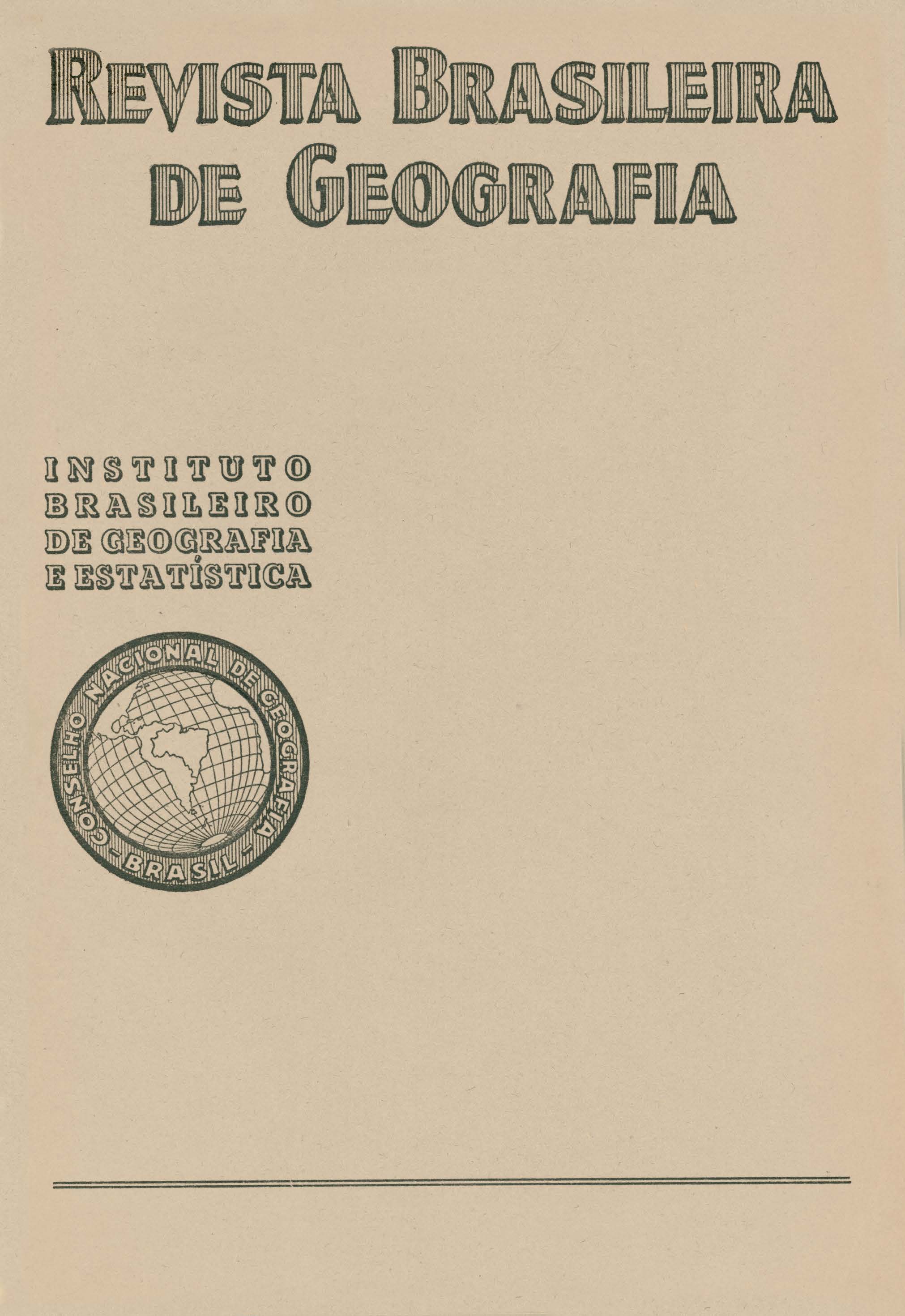O Clima da Amazônia
Resumo
The author, after outlining broadly the grandeur of the natural picture of the Amazon valley, emphasizes the importance of the study of its climate for the economic ·development of the region.
He then shows in a brief historical review that the ancients used to place climate on the exclusive dependence of temperature. The climates were classified according to the inclination of the sun's rays and the amount of sunshine.
Each hemisphere was divided by the parallels, now into 30 climatic zones on the basis of the longest day of the year, now into 3 main regions: without a cool season, without a hot season, and intermediate or temperate.
The author reminds that the first study of the distribution of temperature on earth as a whole was made by Aepinus in 1761, in his work "De distribucione caloris per tellurem", and that studies about the .general meteorological elements were only carried out after that time. Thus, Mahlamann in 1839 stressed the need for climatologic observations to be taken simultaneously and at one time in order to make possible the comparative analysis of climates. The notion of climate as simple as it was became more and more complex. As a matter of fact climate depends as much as on the ever-changing meteorological elements as on geographic factors which vary from place to place.
After enumerating the principal meteorological elements and geographic factors which exert influence on climate the author says that it was quite natural that numerous classifications would arise to put in order the great variety of types offered in various regions of the earth.
Among the classifications set forth and based on different criteria, that of the eminent scientist Wladimir Koppen was victorious, for it followed as much the meteorological elements as the the vegatation. This classification was considered as a mirrar of the climate and also as having two major advantages: the first is that it made use of symbolic letters to indicate the diverse types of climates, and the second is that it has established quantitative values to differentiate the varieties of climatic types. That Koppen's classification is the one which suits most the geographic studies is also indicated by the title of his issue "'Das geographische der Klimate". In support of this assertion, the author remarks that Koppen's system is being used by the greatest centers of modern culture.
He mentions a study made recently by Prof. EDWARD A .. ACKERMAN, of the Harvard University, in which this scholar examines minutely the use of the classification in connection with the climates of North America.
He also points out that, though taking the classification developed by Koppen as a still imperfect one, Prof. AcKERMAN is in favor of the method, provided the necessary adaptations are introduced into it. In this respect the American professor reminds that the majority of the studies published on the matter already were seeking to improve Koppen's system.
As this system with its last modifications is still scarcely known among us the author offers a synthesis of it, reproducing at the same time the essential graphs in order to facilitate the understanding and use of the system.
Next the author passe to study the climate of the Amazon basin, in accordance with Koppen's system, availing himself of the· meyeorological data appearing in the 1938 Year-Book publish by the Geographical and Statistical Institute. The stations were chosen either by their situation or the values of the ·principal· climatic elements in such a way as to well represent the chief types of climate existing therein. In order to facilitate the interpretation of the climatic figures, the author presents some charts which make evident the peculiar features of the principal types of climate found in the Amazon basin, namely: (a) tropical forests, continually hot and damp with heavy rains - evenly distributed or the monsoon type - which is dominant in the regions of the Amazonian plain and the slopes of mountains facing the sea, comprising both the equatorial forest properly so-called, and the tropical forest; (b) savannas, hot, with abundance of rainfall in summer and winter and a dry period which is prejudicial to vegetation and gives rise to prairies or fields, thickets and caatinga (brush and scrub country), prevailing in the plateau of the Brazilian crystalline block and in the Guianas; and (c) sub-tropical humid, with a hot and rainy summer, the mean temperature of the hotest month rising above 22" C, and with a dry winter, the mean temperature of the coolest month falling below 1.8° C, which occurs in the highest portions of the plateau.
The author arrives at his conclusions by saying that, generally the Amazonian climate is characterized by a steadily high temperature and abundant rains, whence the exuberant vegetation truly equatorial expanding over there and forming the world's greatest and uninterrupted area of closed forest. -
However, considering the foregoing two main features, an even rough conclusion that might be drawn with reference to the influence of the Amazonian climate on man would be inaccurate. Thanks to the trade winds blowing regularly from the sea side and penetrating into the continent, as well as the relatively pronounced daily fail of temperature at night-time, the conditions of the environment thus rendered mild are very good . .
In the savannas regions surrounding the vast Amazonian plain, the climatic conditions are far better due to altitude, to the régime of rainfall and to good ventilation.
It is certain that the periodical and inevitable floods are an hindrance to the economic activity of the· whole region during the rainy' season. Yet, what this study permits to assert is that the climate of the Amazon valley does not offer any serious difficulty to the development of its resources. In fact, the tremendous wealth of the little known region, about which conceptions are sometimes so divergent, would reward all the efforts which in its exploitation man may display on behalf of Brazil and humanity.






